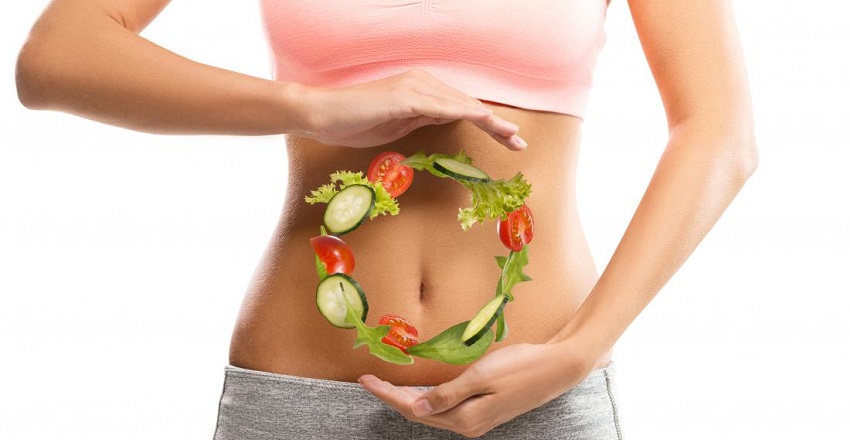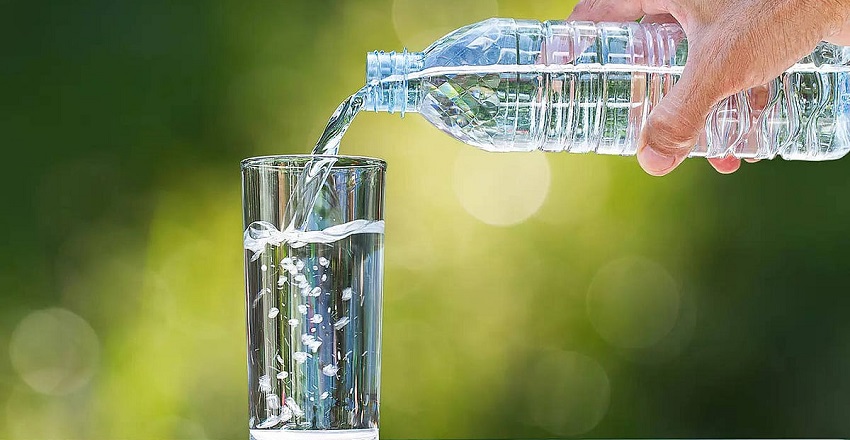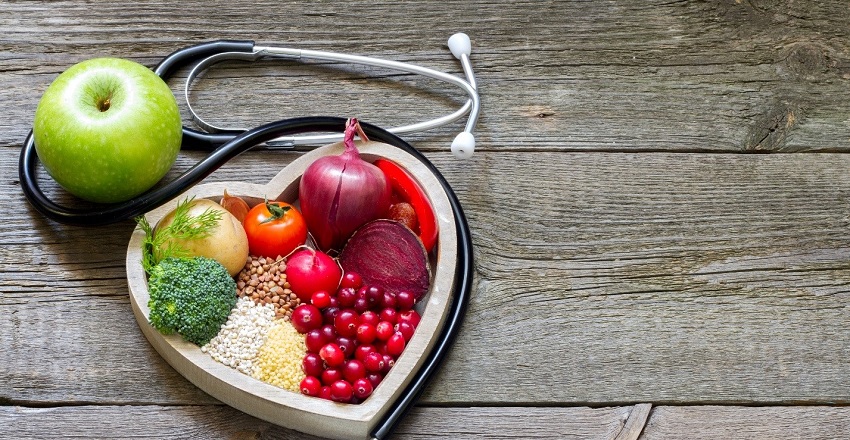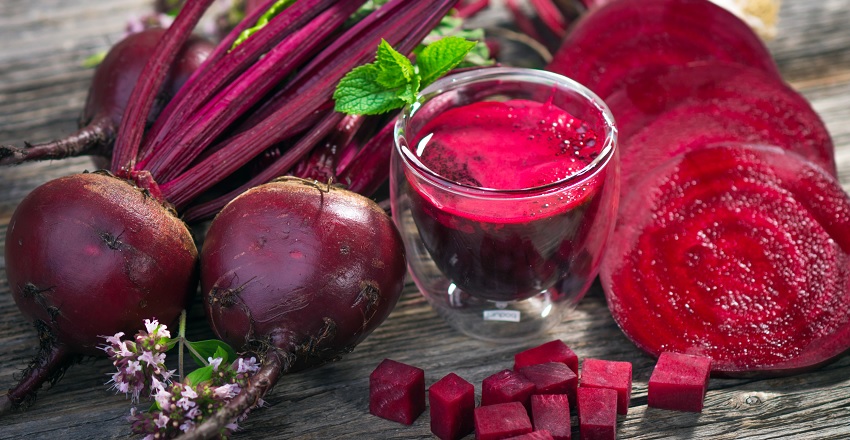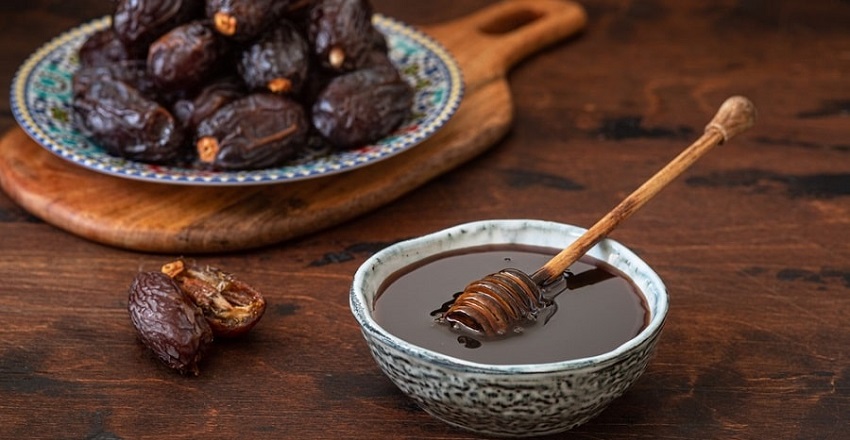Discover how Ayurveda explains gut health through Agni, Ama, Doshas and simple daily routines. Learn Ayurvedic diet tips, herbs, and lifestyle practices to heal constipation, bloating, acidity and IBS naturally. Modern research finally agrees with what Ayurveda has said for 5000 years: all disease begins in the gut. In Ayurveda, the gut is the seat of Agni (digestive fire). When Agni is strong, the body thrives. When Agni weakens, toxins (Ama) accumulate, leading to fatigue, bloating, weight gain, skin issues, hormonal imbalance, and chronic disease. At Anammyaa Wellness, we focus on restoring the gut before treating any disorder. Understanding Gut Health in Ayurveda 1. Agni: The Foundation of Digestion Agni controls digestion, absorption, assimilation, and transformation of food into energy. There are four states of Agni: a. Sama Agni (Balanced Agni) Steady digestion, clear mind, glowing skin, stable appetite. b. Manda Agni (Low Digestive Fire) Sluggish digestion, bloating, heaviness, constipation, weight gain. c. Tikshna Agni (Excess Fire) Excess hunger, acidity,… Continue reading Gut health in Ayurveda: the real root of wellness


